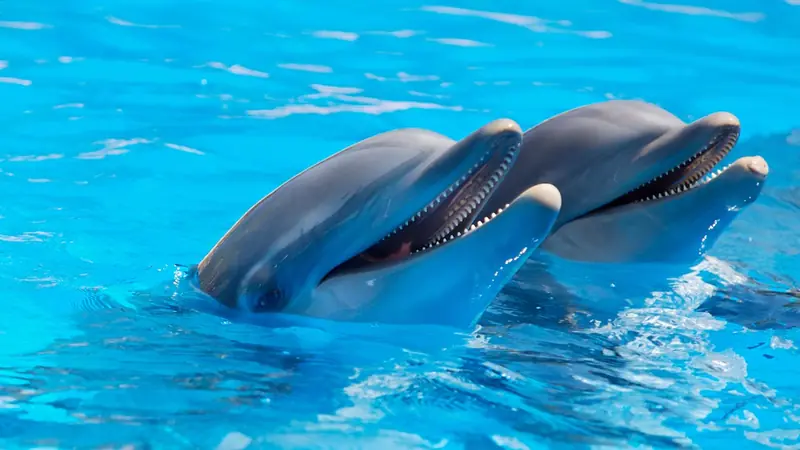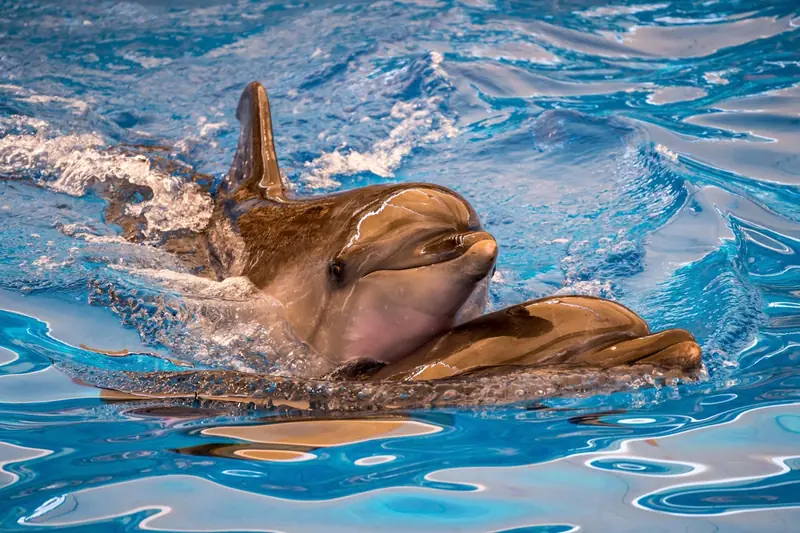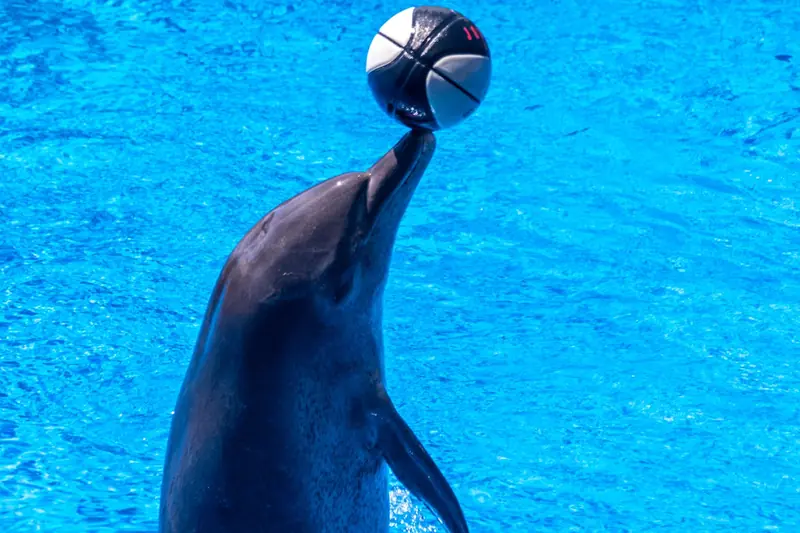It turns out that dolphins can express positive emotions almost like humans do—through specific facial expressions, particularly their open mouths, which researchers often refer to as their “beaks.” Biologists assert that dolphins don’t just look like cheerful creatures; they genuinely smile at one another. What’s more, they spread positivity among their friends. Scientists from the University of Pisa believe that bottlenose dolphins (Tursiops truncatus) in captivity use such facial expressions as friendly signals. The research team suggested that when one dolphin mimics another’s open mouth during play, it fosters a friendly interaction that should not be interpreted as aggressive.
“We discovered a characteristic facial expression in bottlenose dolphins—the open mouth—and observed that dolphins are capable of mimicking the facial expressions of others,” said evolutionary biologist Elizabeth Palagi, the lead author of the study.

What did the researchers find? According to the scientists, the open mouth that signifies a smile, seen in dogs, primates, horses, and some other animals, as well as in humans, is a universal sign of playfulness. This expression helps both animals and humans signal a positive mood and avoid conflicts, as reported by Science Alert. Previously, it was believed that dolphins were incapable of expressing emotions through facial muscles. However, their visual communication had not been thoroughly studied until now. The Pisa team was the first to investigate the smiles of these marine mammals.
The researchers focused on the playful nature of dolphins, which seems to transcend age. During the study, Palagi and her colleagues analyzed 80 hours of video footage featuring 22 dolphins playing in captivity across four social groups. The team found that only one dolphin opened its mouth (to smile) during solitary play, while most bottlenose dolphins did so consistently during social games, such as chasing or playful sparring. The scientists emphasized that these interactions were by no means aggressive. Typically, dolphins chase each other, playfully nip, or bump their beaks together without any intention of causing harm.

During these interactions, 90 percent of the players smiled, and in one-third of the cases, they received immediate smiles in return from their playmates. The data collected does not completely rule out the possibility that dolphins use open mouths in other contexts. However, the study’s results align with previous hypotheses suggesting that smiling bottlenose dolphins convey friendly social signals. “The open mouth expression likely evolved from biting, where the sequence of biting was interrupted, leaving only the ‘intention to bite’ without contact,” explained Elizabeth Palagi. She noted that this type of mimicry is observed in some carnivorous animals, such as meerkats and sun bears.
The research was conducted solely among dolphins in captivity, making it difficult to determine how they employ this positive strategy in the wild.

“While we are far from understanding the evolutionary origins of play and the ability of animals to finely tune their play sessions, the widespread presence of open mouth signals and rapid mimicry in the mammalian phylogenetic tree indicates the significance of such visual mechanisms in forming complex communication,” the scientists wrote in their report. The findings of the study were published in the journal iScience.
